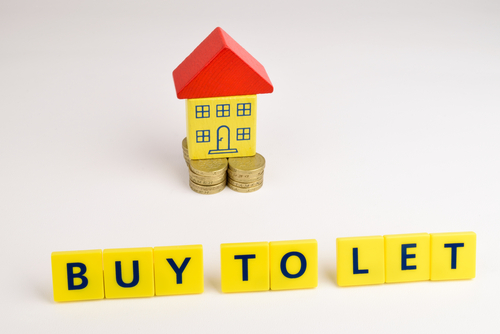
Data from London property data consultancy LonRes suggests supply in prime areas of the capital is improving and so rental growth is slowing.
LonRes, reporting on last month’s market performance, says the usual seasonal lettings slowdown continued in December, with the prime London rental market remaining quiet and average rents falling month-on-month. Annual rental growth declined to 3.5 per cent, the lowest level in 29 months, but rental values remain 29 per cent higher than their 2017-19 (pre-pandemic) average.
Rental growth across LonRes’s three sub-markets has followed similar trends over the past few years, with the falls through 2020 and subsequent recovery approximately equal in timing and scale. But in recent months it is its prime catchment area – including neighbourhoods such as St. John’s Wood, Notting Hill and Marylebone – that has outperformed, with values not yet falling back like in other areas.
The number of newly agreed lets in December fell by 11.7 per cent compared to a year earlier, while the figure for the full calendar year was similarly down 10.3 per cent.
New instructions rose in December by 2.8 per cent on an annual basis, with 2023 in total 1.7 per cent down vs 2022, recovering from a very slow start to the year.
There were 60.4 per cent more properties on the market to let on December 31 than a year earlier, but that figure is 31.4 per cent lower compared to the end of November 2019.
One the sales side, the prime London sales market ended the year on a relatively subdued note.
Over the course of December average achieved prices slipped, with the annual rate of change falling to 6.2 per cent. However, the wider context shows that values are broadly unchanged over the longer-term – up by 0.9 per cent compared to December 2018 and 1.7 per cent higher than a decade ago.
Sales activity in December was also lower, with transactions down by 16.6 per cent on a year earlier; new sales instructions fell in December on an annual basis, by 8.6 per cent, and compared to the 2018-19 average, by 2.1 per cent.
LonRes says these monthly metrics broadly tell the story of the whole calendar year, with activity in 2023 generally lower than 2022 but ahead of 2017-19 average levels.
Commenting on the findings, Nick Gregori, Head of Research, LonRes says: “While news about the wider economy has been mixed the relatively improved outlook for interest rates does appear to have sparked buyer interest at the start of the New Year. Agents have been reporting increasing numbers of viewings which we would expect to feed into transactions over the coming months.
“Stock levels have been growing steadily (up 7.2 per cent on the year across prime London), but there is no major excess of supply. Price falls have been relatively limited, with annual falls of 6.2 per cent reversing the post-pandemic rises and taking values broadly back in line with the levels seen over the past decade. Further significant falls in prime London are unlikely given the lack of growth in recent years and the amount of equity in the market.
“Activity in the £5m+ price band at the end of 2023 slowed relative to 2022 but remained high compared both to historical trends and to lower price points. This market sector is less dependent on domestic mortgaged buyers, so it is the outlook for high-net-worth individuals around the world that is perhaps more important. Conflict escalating in the Middle East could be seen as a negative impact, but similarly it reinforces the appeal of London as a ‘safe haven’ for investors.
“The prime London letting market showed little signs of recovery in December – unsurprisingly as it is typically a quiet month. New instructions are growing slowly and combined with the falling number of agreed lets the stock of properties to rent grew 60.4 per cent over the year, but off a very low base. While annual rental growth has slowed to 3.5 per cent.”










.png)










Join the conversation
Be the first to comment (please use the comment box below)
Please login to comment